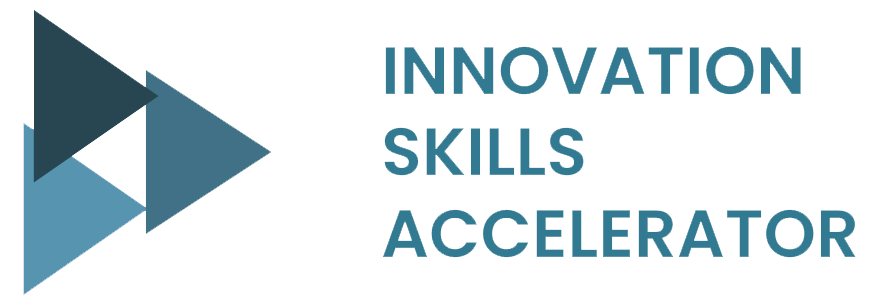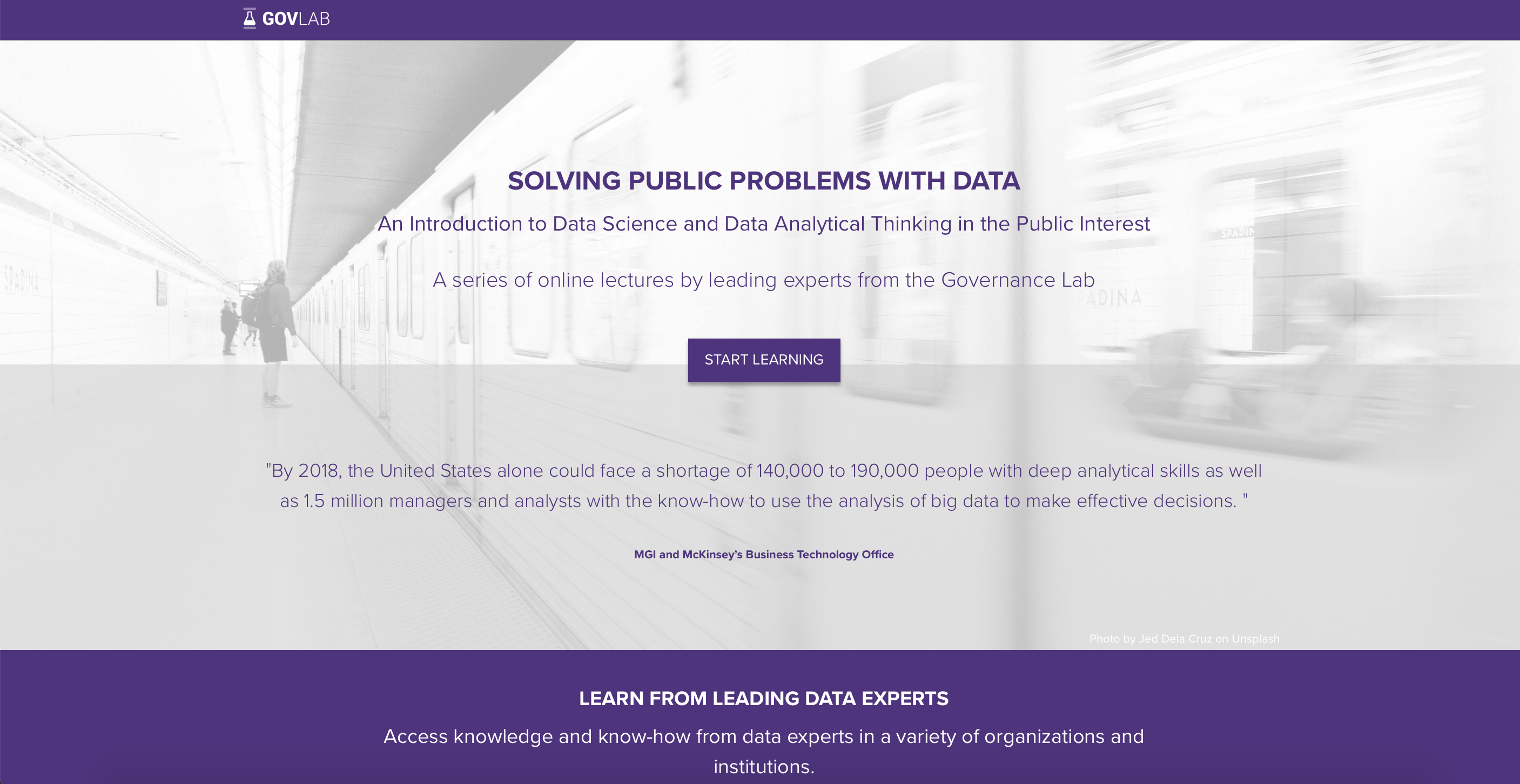Correct! The key was using data to increase the focus of interventions - and it helped deliver a decline in the murder rate by 20% between 2012 and 2013 and, by 2018, the lowest level in almost fifty years.
Unfortunately, that’s not correct. That may have been the case but what is it that helps us to target specific sets of people?
That’s right! Often the greatest value data can provide is a better insight into why a problem is occurring, enabling us to develop better responses to it.
Sorry, that’s not correct. Hint: if we want to address a problem more effectively we need to do more than treat the symptoms of it.
Correct! Even though we might use a lot of data and algorithms to help us analyse it, collaboration among people remains core to the process.
Sorry, that’s not it. Hint: People are still crucial in data analytical thinking.
Correct! Digitization has enabled huge amounts of data to be made available to more people and spurred the development of tools and training and specialist units to help us use it effectively.
Unfortunately, that’s not correct. It’s likely this helps but there’s one thing that has massively improved the accessibility of data that has made so much more possible.
Correct! One of the benefits of analyzing data is it can help us to generate important insights and tell a compelling story.
Sorry that’s not it. Although it's possible this source of data could be used it’s not what Ben used.
That’s right! One of the hardest problems with aiding refugees is gaining real-time insight that makes it easier to prioritize the allocation of resources.
Sorry that’s not it. HINT: Part of the value of data is getting it in a timely fashion.
You're right but there's more to this answer. Please try again!
Correct! When we want to analyze a large population by only looking at a small group then we may need representative data. But if we just want to understand something about a specific group, nonrepresentative data may be adequate.
Sorry, that’s not correct.
You're right but there's more to this answer. Please try again!
Correct! With only 3 dozen inspectors and more than 15,000 food establishments, intelligent use of data proved to be a major help in making the most of scarce resources.
Sorry, that’s not correct. It was more than that.
You're right but there's more to this answer. Please try again!
Correct! After running the model for a trial period, the City of Chicago claimed it saw this method to be 20% more effective than traditional baiting methods for catching rats.
Sorry, that might be helpful but there’s one thing here that is even more helpful for planning.
You're right but there's more to this answer. Please try again!
Correct! Data is key to generating evidence that can help policymaking to be smarter, better and more reliable!
Sorry, that’s not correct. HInt: What does the use of data allow us to generate that makes our arguments for change stronger.
You're right but there's more to this answer. Please try again!
Correct! We first start with a suggestion about what we think happens then find and analyze data that tells us to what extent that is true.
Unfortunately, that’s not correct. It’s one of the steps but it doesn’t come first.
You're right but there's more to this answer. Please try again!
That’s right! Creating a hypothesis is the foundation for being more scientific in our approach to creating better policies and services rather than relying on assumptions and best guesses.
Sorry, that’s not correct. Hint: We’re looking to see whether our assertion that something is caused by something else is true.
You're right but there's more to this answer. Please try again!
Correct! Citizens used hand held Geoiger counters to collect data which was monitored and shared through the Safecast project. Crowdsourcing and citizen science methods like this can generate data when it is not reliably available from existing sources.
Sorry, that’s not correct.
You're right but there's more to this answer. Please try again!
Correct! Administrative data is that data which governments and other bodies - such as hospitals and schools - collect about people when delivering services and which policy makers can often access to help test their hypotheses.
Unfortunately, that’s not correct. Here we’re looking for a wide range of data that is routinely collected but may not always be made public.
You're right but there's more to this answer. Please try again!
That’s right! All of these things are ways that these labs can help.
Sorry that’s not right. There’s more that these labs can help with.
You're right but there's more to this answer. Please try again!
Correct! Administrative data is that data which governments and other bodies - such as hospitals and schools - collect about people when delivering services and which policy makers can often access to help test their hypotheses.
That’s correct! By using multiple sources for the same information, and comparing what those sources indicate, we can avoid drawing the wrong conclusions that arise from over-reliance on a single source.
Sorry that’s incorrect. HINT: It’s all about getting the data into a suitable “shape”!
You're right but there's more to this answer. Please try again!
Correct! In a RCT the researcher intentionally sort groups so that one or more gets an intervention and one does not. This enables the researcher to analyze the difference that the intervention makes. In a natural experiment we can use naturally occurring factors (like income or age) to create groups and analyze differences that an intervention has.
Sorry, that’s not it. HINT: RCTs involve a conscious decision of the researcher to ensure one group does not receive the intervention.
You're right but there's more to this answer. Please try again!
Correct! Sometimes data analysis is just about simple things that most of us can do - like counting to find out what things happen the most or the least and then exploring why that might be the case.
Sorry, that’s not right. Certainly, there are some times when data scientists can help but there are some simple ways of analyzing data that all of us can do too.
You're right but there's more to this answer. Please try again!
Correct! Incomplete data can also include missing data - data that is not even collected - such as the example of incomplete data on white collar crime when compared with other crimes such as murder, rape, assault, robbery, etc. We need to think about what information or population groups might be missing from our data to avoid setting policy priorities based on an incomplete picture of what is actually happening.
Sorry that’s incorrect - it goes beyond what hasn’t been published.
You're right but there's more to this answer. Please try again!
Correct! The greatest data risk is not using it at all - so it seems we have a long way to go in making better use of the data we collect.
Sorry, that’s not correct. It was more than that.
You're right but there's more to this answer. Please try again!


